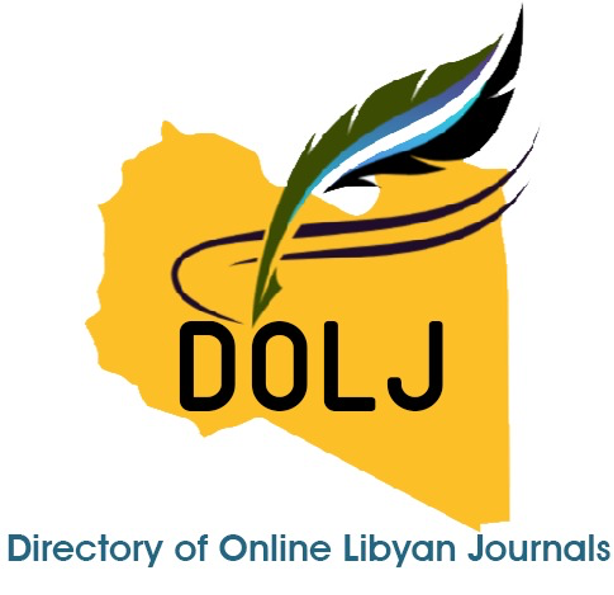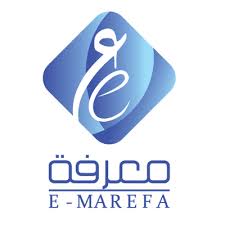Grammatical Measurement According to Ibn Jinni
DOI:
https://doi.org/10.36602/faj.2014.n02.09Keywords:
Language and Thought, Grammatical Analogy, Ibn Jinnī, Linguistic PhilosophyAbstract
Due to the close interrelation between language and thought, language has attained a distinguished status across intellectual and scientific domains, particularly in philosophy and logic. It is a constant phenomenon in human existence, serving as the primary medium through which humans engage with the world and understand its realities. Language expresses meaning through mental constructs shaped by syntactic and semantic structures governed by linguistic rules. It plays a central role in social communication and the development of human knowledge. Philosophers, acknowledging the reciprocal generation between language and thought, defined humans as "rational animals," where speech represents reason and language signifies conscious life. Within this framework, grammatical analogy (qiyās) stands as a rational method of understanding language, following auditory evidence (samā‘) which serves as a perceptual foundation akin to observable phenomena in natural sciences. Analogy, on the other hand, functions as an inferential process connecting the heard to the unheard based on inductive and deductive reasoning. This study focuses on grammatical analogy as conceptualized by Abū al-Fatḥ ‘Uthmān ibn Jinnī, one of the most prominent linguists of the 4th century AH, who significantly contributed to the rationalization of Arabic grammar. His analytical approach to language structure—phonetics, morphology, and syntax—is thoroughly explored in his seminal work Al-Khaṣā’iṣ, which he described as a reflective resource for theologians, jurists, philosophers, and grammarians alike.
Downloads
Published
How to Cite
Issue
Section
License
Copyright (c) 2014 أحمد حيدر

This work is licensed under a Creative Commons Attribution 4.0 International License.
All works published in this journal are licensed under the Creative Commons Attribution 4.0 International License (CC BY 4.0), which permits use, sharing, adaptation, and redistribution for any purpose, including commercial ones, provided that proper credit is given to the original author and source, a link to the license is provided, and any changes made are indicated.
















